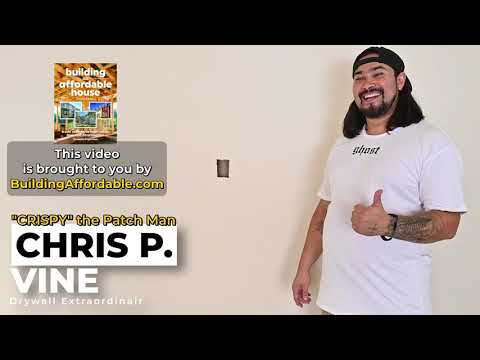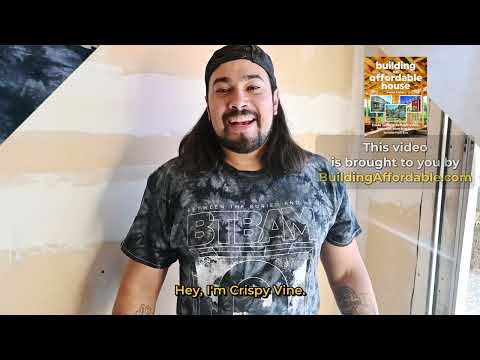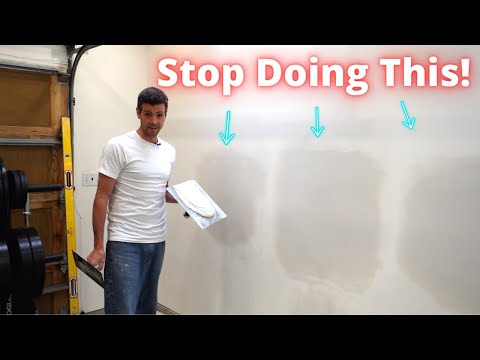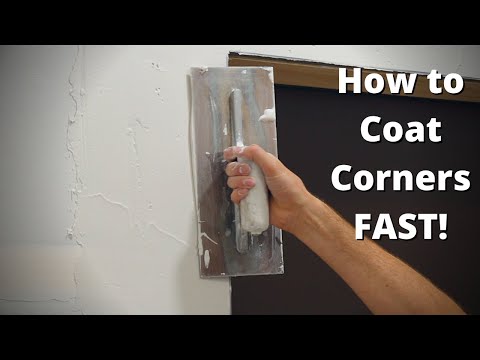Chris Vine walks you through the essential tools you'll need for successful drywall patching in your own home. He starts with basic protective gear like booties, a mask, and plastic sheeting to keep dirt and grime contained, and continues through the process.
Staying Clean
First things first, we want to avoid tracking in dirt. Foot booties are great, and I use a 3M mask and 72-inch masking plastic to protect floors and openings.
Drywall Patching Essentials
For small holes, a cocking gun is handy. Mesh tape covers larger openings, and I prefer this thinner Stanley tape for easier cutting and stretching through drywall. A good utility knife with replaceable blades is key for precise cuts.
Screwdrivers and Levels
Phillips and flathead screwdrivers handle protruding screws, and a compact screw gun comes in handy. A 2-foot level helps keep things straight, but you can also measure from the ground or snap lines for accuracy.
Friendly Bee (and More Tools)
This friendly bee keeps things pollinated, and here's my trusty rounded-edge pan for comfortable mud mixing. Different-sized taping knives tackle tight corners, long seams, and butt joints (where drywall edges meet).
The 8-inch knife is perfect for smoothing uneven seams, and I use the 10-inch and 12-inch for second coats and smoothing bellies (humps) on high ceilings. The Richland knife set has sharp blue steel blades, and a hammer's always good for unexpected needs.
Drywall Sanding and Finishing
This super sander tool is a favorite—easy to change pads and perfect for flat walls with the 9-inch disc. The hose attaches to your compressor for texture application, and I usually set the pressure around 10-15 PSI for medium-sized nozzles.
The plastic knockdown blade from Marshall Town is fantastic for achieving smooth walls, even on textured surfaces.
That's my DIY drywall patching toolbox! Remember, smooth edges are key for a flawless finish, and sanding might still be needed after edging, depending on the texture.











